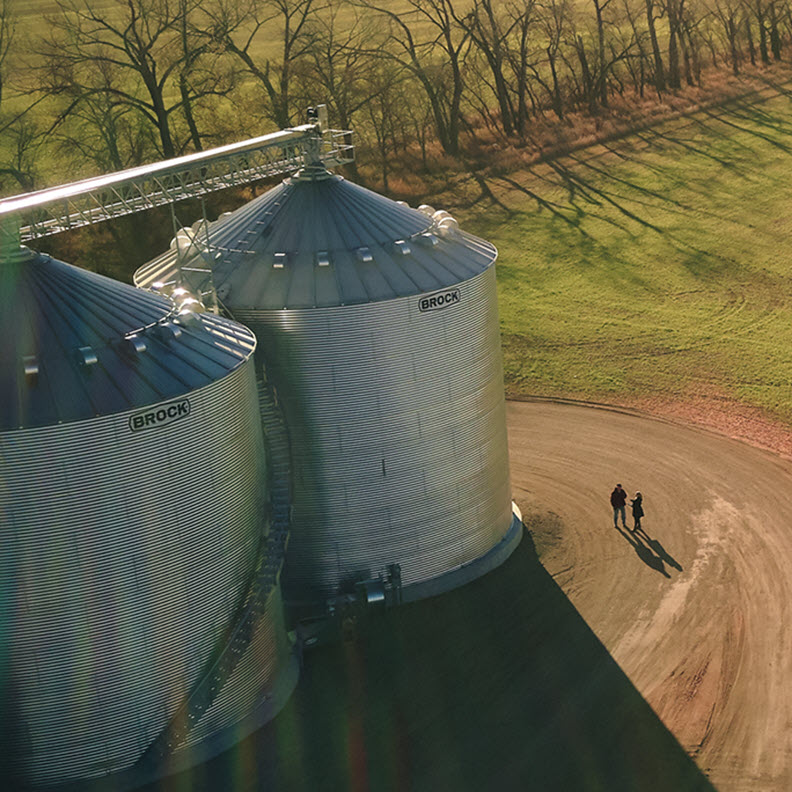Additional writing credit to Marc Schober.
The USDA’s Coronavirus Food Assistance Program (CFAP) was set up to provide both direct financial assistance to farm producers and ranchers, and to also purchase and distribute produce, dairy and meat products affected by COVID-19. As farmers and ranchers complete applications and sign up through their local Farm Service Agency (FSA) offices, here are some specific considerations when preparing for farmer and rancher payments. More guidance is still being provided by the USDA, but this is what we know so far.
FSA is accepting CFAP application as of May 26, 2020 and farmers who applied for a Paycheck Protection Program Loan are still eligible for CFAP.
Payments for CFAP are based on two different payment rates with the CARES Act covering 50% and the Commodity Credit Corporation (CCC) covering the other 50%. We urge farmers and ranchers to quickly apply through FSA. Payments are capped at $250,000 per person with separate restrictions for entity ownership structures.
The payments are reportedly being paid within a few days of application approvals, which unlike many other USDA programs, may provide much needed cash flow relief.
Determining eligible payments
Crop
For most farmers in the upper Midwest, row crop payments are the focus of CFAP payments. USDA announced that adjusted gross income cap limits are lifted or significantly higher for CFAP compared to previous USDA direct payment programs.
Crop producers should first determine their total production. Eligible bushels are the lessor of either 50% of 2019 production or inventory as of January 15, 2020. The lesser one becomes the eligible bushels for payment based on the two different payment rates. FSA announced that 2019 crops that were unharvested as of January 15, 2020 but are now harvested are eligible.
Payment rates per bushel (or pound for sunflowers) for major crops in our region range from around $0.35 for corn, $0.50 for soybeans, $0.20 for wheat, and $0.02 for sunflowers. Only unpriced crops are eligible. For example, if basis is locked, but price is not, then that portion of your crop is eligible. If you delivered crop, but it is on deferred pricing, it is also eligible. Corn silage that is unpriced is eligible, but subject to a conversion factor of 7.94 times tonnage. For example, if a 2,800-acre 50/50 corn and soybean farmer applied in Western Minnesota, the CFAP payment would be in the neighborhood of $46,000 if half the 2019 crop was unsold.
Note that the above calculation is for non-specialty crops. If you own specialty row crops, there is a different calculation based on the type of specialty crop. For more complex hedging price strategy questions, please consult your local FSA office.
Dairy
Dairy operators should determine total milk production in January, February and/or March. Eligible milk includes disposed of milk and milk production under forward contracts, Dairy Margin Coverage, Dairy Revenue Protection, and Livestock Gross Margin.
Payment rates for milk in our region are $4.71/cwt for CARES payments and $1.47/cwt for CCC payments. Both are subject to a national adjustment factor of 1.014.
Operators will also want to consider cull cattle, dairy bull calves, and corn stored as feed when completing the application.
Livestock
Livestock operators will be paid in two parts. One coming from CARES that is the total sales of livestock between January 15, 2020, to April 15, 2020, of owned inventory as of January 15, 2020, including any offspring from that inventory. The second part is from CCC and is the highest inventory of livestock between April 16, 2020, and May 14, 2020.
Payment rates (Part 1|Part 2) for common livestock in our region range from $102|$33 for feeder cattle under 600 lbs, $139/$33 for feeder cattle over 600 lbs, $214/$33 for slaughter cattle – fed, $92/$33 for slaughter cattle – mature. Slaughter cattle – mature are the cull cows/bulls, and slaughter cattle – fed are steers/heifers fed for slaughter.
Poultry and egg production were two ag sectors completely left out of the CFAP, but we hope USDA will quickly address these two sectors. These two sectors were omitted because revenue declines were less than 5% due to COVID-19, according to USDA.
We highly recommend using the CFAP Payment Calculator to assist with the CFAP application process. USDA created very helpful tools found on https://www.farmers.gov/cfap to input information specific for your operation.
Act soon and retain good records
It's a busy time but we encourage farmers to get their calculations together and submit their application as soon as possible so that they can receive the funds now and to improve cashflow with 80% paid up front and the remaining 20% paid later, if funds are still available. It will be important to keep good records of all transactions since the beginning of the year. Do carefully document how calculations were derived in case you are audited.


